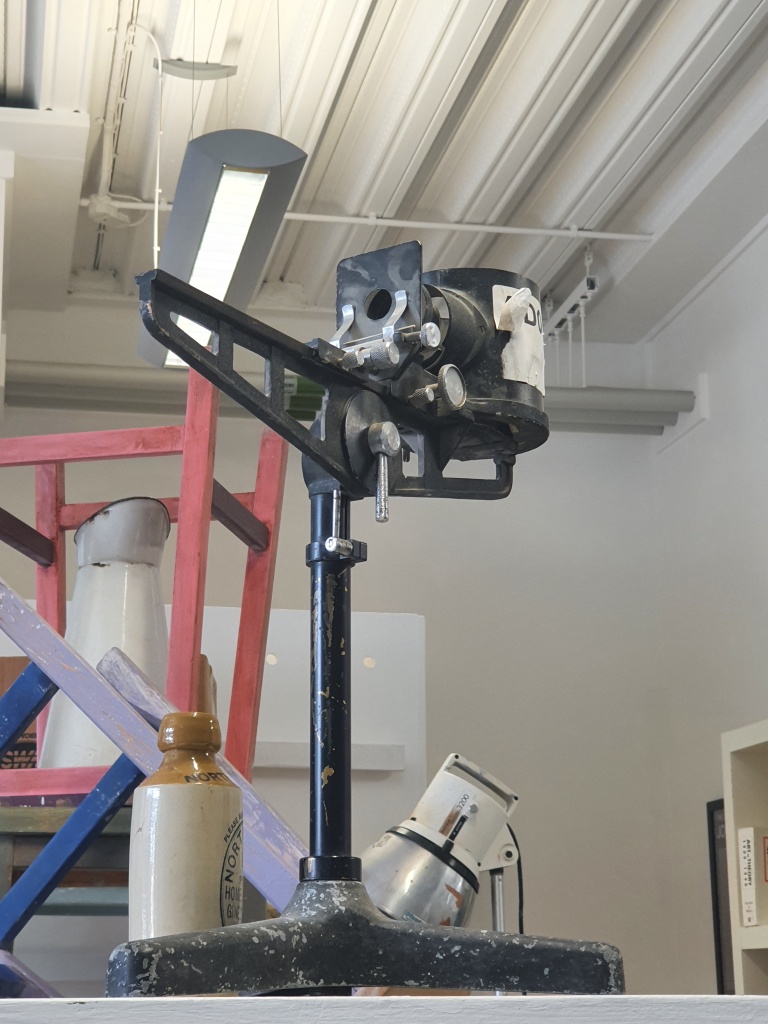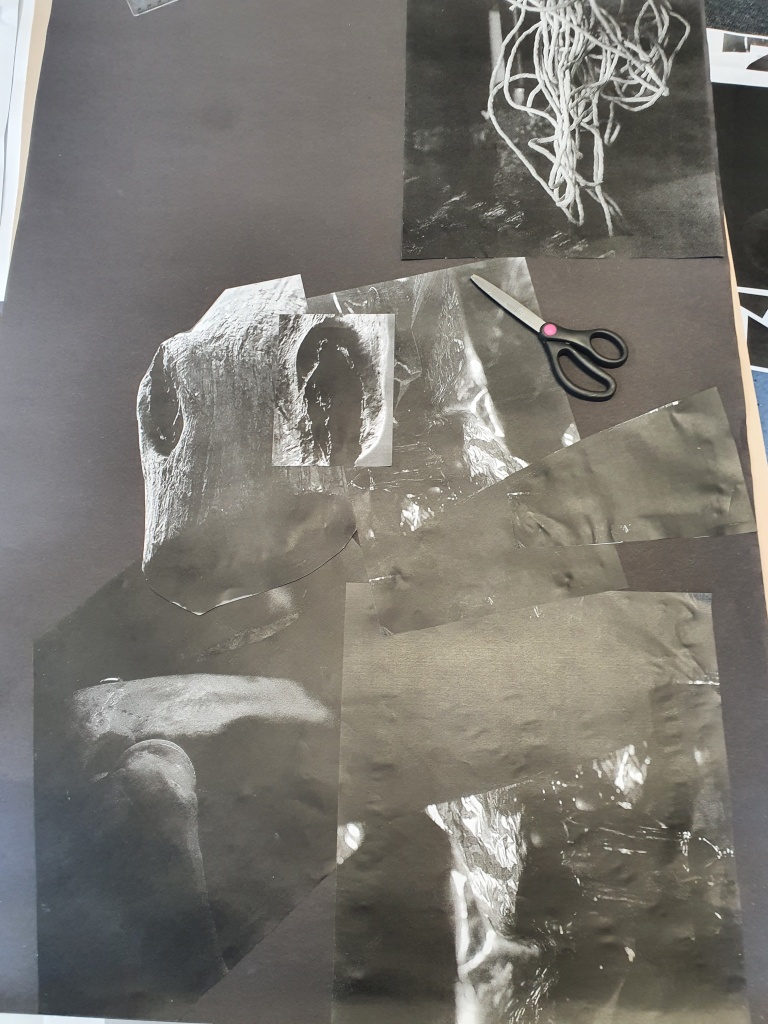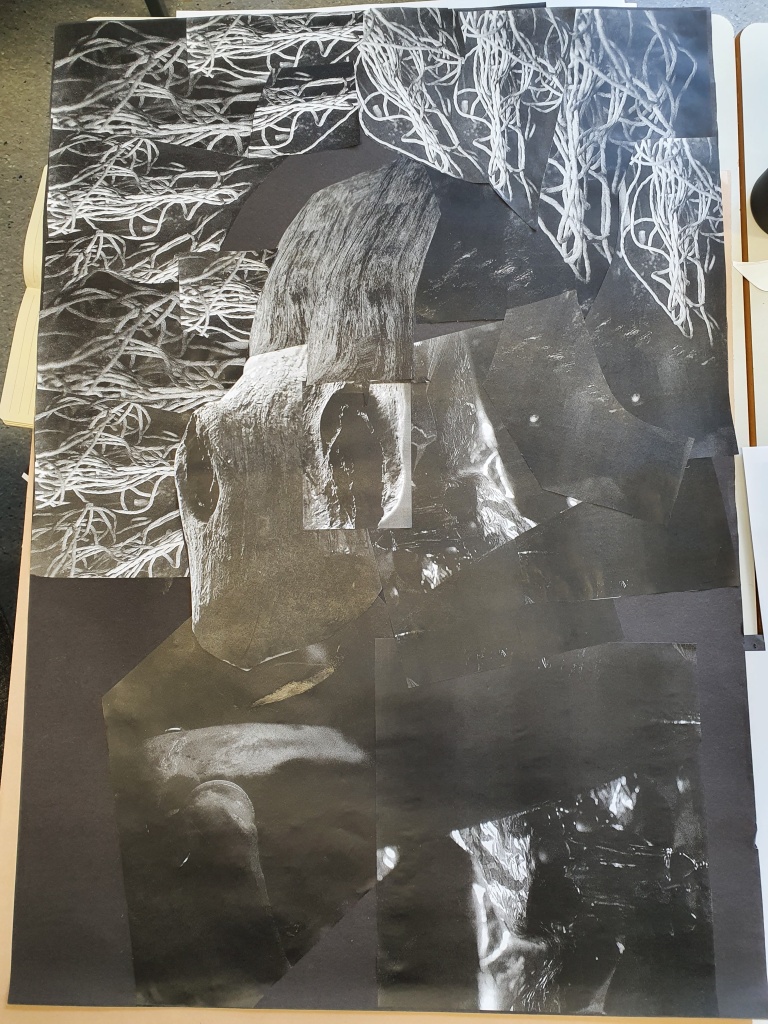25th September 2023
Unusually for a Monday a coach trip to London to visit the Tate Modern. I haven’t been to the Tate for a few years so it was definitely nice to see the current artworks displayed there.
I am intrigued by the link between photography and art and how there is a crossover between the two. Since the dawn of cameras and photography artists have been known to photograph subjects and landscapes for reference ideas and photographers sketch out ideas for photograph ideas.
Whilst at the Tate I decided to have a guided tour and learn a little more about the paintings and artists than the little blurb description tells you.


Both the above paintings were part of the guided tour and I was drawn to the fact that they were both based on photographs. Created 40yrs apart they are both intrinsically layered with politics, dissent, love and loss, and humanity. This is something I aspire to do, be able to portray a moment yet give the observer an insight into the whole story behind it.
I think Rita Donaghs image means more to me because its based on an incident that happened when I was 13yrs old. I remember the news footage of the guardsmen and their horses dead and injured, their bodies covered with coats and blankets. Some things stay with you. I’m also from a generation where we had the best linen and family linen, so to use what biscuits obviously an embroidered counterpane as a shroud over a strangers body, really speaks to me. It’s a reminder of love, family, history, grief, empathy.
I aspire to evoke and convey that much emotion with my art and now I realise that, I really don’t know where to start and imposter syndrome is creeping in with its usual paralysis.
Where do I take my research now?
Do I look at how I feel when I take photographs or when I lose myself in creating artworks?
How do I combine the two?









